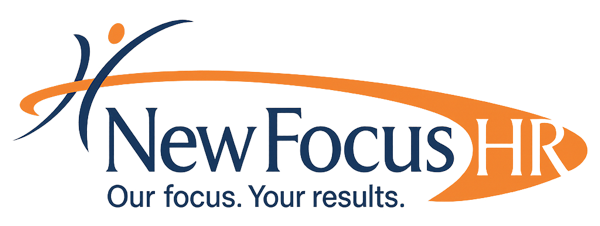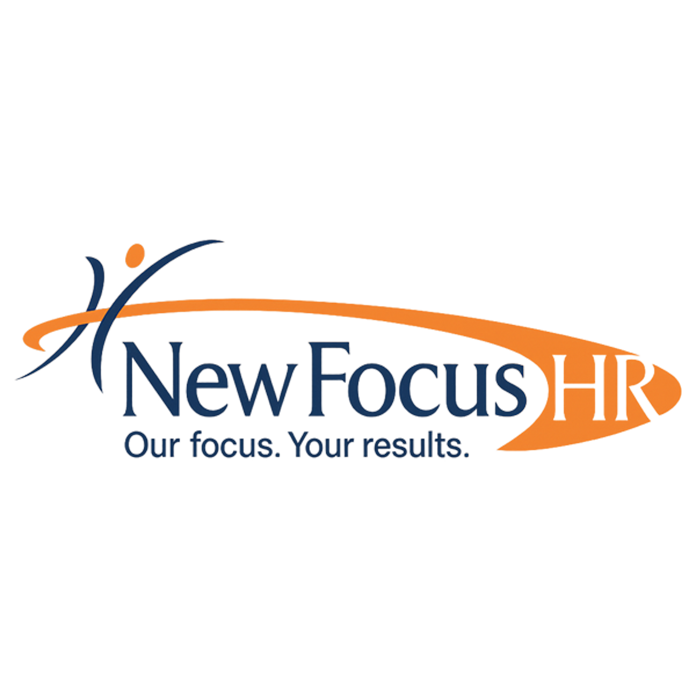Tips for a Smooth Open Enrollment Process
It is that time of year when employers are starting to think about employee’s and their benefit elections and the open enrollment process for 2025. While open enrollment may be a huge ordeal for some, it really doesn’t have to be. Hopefully, this article will provide employers with a few tips to assist in making the open enrollment process as painless as possible for the organization, as well as for its employees.
1. Start planning at least three months, if not earlier, prior to the desired open enrollment timeframe.
- The leadership team should work closely with the brokerage team and benefit providers to evaluate and implement plan design changes.
- Be aware of benefits and the appropriate law changes, especially when it comes to benefit requirements and communications obligations. The organization’s brokerage team and benefit providers should be able to assist with educating employers with regards to these changes. However, make sure to ask if there are any new laws that impact the changes.
- Learn from previous experience by reviewing last year’s results and determining what went well and what could have been improved.
- Create a detailed project plan to manage deadlines, action items, and implement plan design changes.
2. Develop a comprehensive communication and education plan for employees. Use all means of communication to include text messages, email, the organization’s intranet, and other messaging channels, to effectively reach the entire workforce to include remote employees, or those who travel frequently in their jobs.
- Include a pre-enrollment campaign to inform employees about the upcoming open enrollment period.
- Send out “Save the Date” messages and reminders to keep employees informed and engaged.
- Set clear deadlines that are easily achievable for all employees and share deadlines often and early.
- Offer an incentive to employees who enroll in the open enrollment process early.
- Use all of the different media channels, as stated above, to communicate important information.
- Make sure that the enrollment deadline is clearly communicated in each mode of communication.
- Provide multiple opportunities for all employees to attend meetings and include virtual or recorded meetings, in order to make sure that they are accessible to employees at a later date, as needed.
3. Eliminate paper by taking advantage of technology.
- Utilize the organization’s intranet, a virtual messaging board, or portal as a centralized hub for resources to include an open enrollment guide, detailed enrollment information, and other materials essential for employees to make benefit decisions.
- Check with your organization’s benefits administrator and/or payroll provider to inquire if they offer an online benefit enrollment option for employees, if your organization does not already have an electronic online option.
- Work with your benefits administrator or payroll provider to train employees on how to use the appropriate technology to enroll in their benefit options.
- Offer an internal employee who is able to assist employees when needed with the online open enrollment process and make sure to notify employees of that person’s name, contact information, and availability.
4. Educate and train employees on their benefit options through in-person meetings, virtual meetings, recorded meetings, and by mailing hard copies of all information to an employee’s home so that their spouses and family members who play a role in benefit decisions are informed.
- Make sure to share information about how and why decisions were made by the leadership team with regards to all benefit changes from the previous year.
- Share employer and employee cost information, as transparency is extremely important.
- Highlight the changes or additions to benefit offerings that are different from the previous year.
- Include information on what employee’s gain with the changes, what they lose, and what actions need to be taken from this point forward.
- Develop scenarios or profiles laying out benefit offerings that make the most sense for each group of employees, based upon utilization and cost-efficiencies. This will assist employees with selecting the best plan for them and their families.
- Highlight the importance of voluntary benefits and their role in financial protection for employees and their families.
- Communicate details like what to expect post-enrollment and other necessary actions to ensure a smooth transition into the new benefit year.
- Communicate how employees may get their questions answered regarding benefit elections, by providing the name of a contact person either within the organization or outside of the organization, their contact information, and hours of availability.
- Try to avoid information overload as much as possible.
5. Monitor the open enrollment results daily.
- Run enrollment status reports daily to track employee progress.
- Create workarounds when there are issues that complicate the process.
- Target reminders and follow-up communications to employees who have not yet enrolled.
- Gather feedback from employees on the quality of their experience throughout the process.
6. When the open enrollment process has been completed employers need to remember to:
- Verify that all enrollment forms have been completely correctly and submitted to the appropriate benefit provider and confirm with the benefit provider that they have received the appropriate information.
- Notify payroll of any employee benefit deduction changes and the dates that they are to begin and update all employee records with the new benefit information.
- Provide employees with important information about how to access their identification cards and how to access their benefit information.
- Create a list of things that went well, things that need to be improved for next year, as well as employee information related to participation rates and plan selections. Put the list in a place that is easily accessible and will be remembered when the open enrollment process starts in the following year.
While the above tips are not a comprehensive list of all of the activities that may be accomplished before, during, and after the open enrollment process, hopefully it has provided employers with some items to think about related to the process. Remember that starting early helps to streamline the process and ensures that all benefits are communicated to employees clearly and effectively. Providing continuous education throughout the year with employees about the employer’s benefit package also empowers them to make informed decisions and maximizes the value they derive from their total benefit package. And, making sure that the employer learns from their open enrollment experiences and improves upon the process in the future only makes for an overall enjoyable open enrollment period for all.
For additional information on the open enrollment process contact us at www.newfocushr.com .
Written by: Kristen Deutsch, M.B.A., CCP
President
09/10/2024



